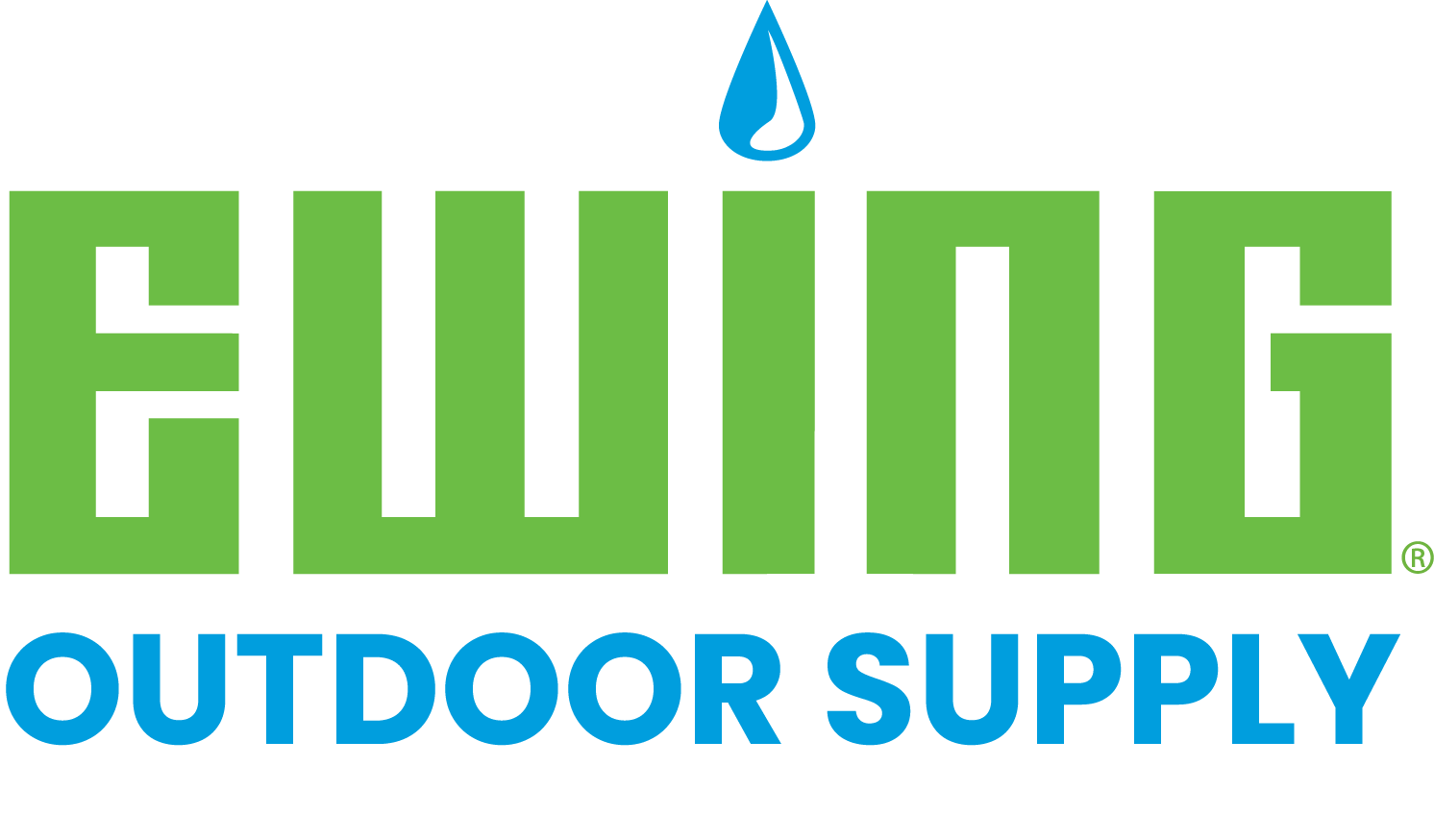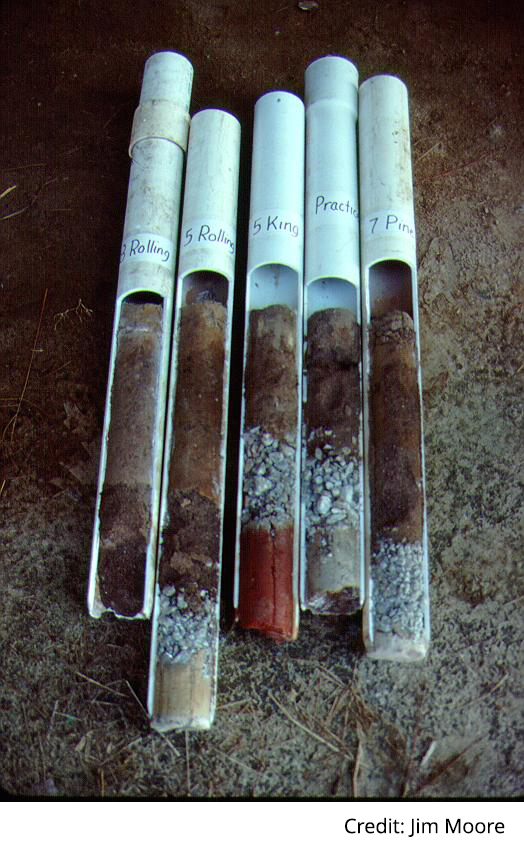How do you know if all that core aeration and sand topdressing is doing any good for your putting greens? Have you made any progress since last year? Should you be doing more or less aeration and topdressing?
These are all good questions to ask while planning maintenance programs for the coming year. Conducting a core analysis on a representative green, or multiple greens, is a good place to begin searching for answers.
A core analysis involves several tests to evaluate the physical characteristics and performance of the putting green rootzone, including:
- Organic matter percentage by weight from various rootzone depths (zero to 3 inches; 3 to 6 inches; and 6 to 9 inches).
- Capillary porosity—percentage of soil pore space occupied by water.
- Non-capillary porosity—percentage of soil pore space occupied by air.
- Infiltration rate —the rate at which water enters the soil, measured in inches per hour.
- Bulk density—a measure of soil compaction.
Sampling is done in a variety of ways. The most common is driving a 2-inch-diameter PVC pipe into the green through the full depth of the rootzone (into the gravel base or native soil). Four samples are taken from each green and then sent to a physical soils testing laboratory for analysis.
Test results provide an objective benchmark for analyzing the status of the greens and allows for comparison to tests from previous years. The organic matter percentage is an especially good test to show if current aeration and topdressing programs are keeping pace with organic matter production in the rootzone. Changes in air-filled and water-filled porosity is a signal that changes to the aeration and topdressing program may be needed.
What to Expect from Test Results
Here are a few notes to keep in mind regarding physical soil testing and the interpretation of the results:
- Core analysis test results may be shocking to some because they are compared to a new USGA green, and NO green that is 6 months or older meets those criteria. Once grass is established on a rootzone and has roots filling up pore space, there is a natural change in infiltration rate and porosity. It may look like the greens are failing, when in reality it is just part of the natural development process of a putting green.
- Superintendents tend to get overly focused on infiltration rate, thinking that higher is better. While some would like to see an infiltration rate of 12 inches per hour, how many times have you seen a rainstorm drop 12 inches of water in an hour? We know there is no irrigation system capable of putting out that much water. Infiltration rates of 4 inches to 6 inches per hour are very acceptable. It is more important to track the changes from year to year and make adjustments to your maintenance programs accordingly.
- Testing is a little pricey, usually several hundred to a couple thousand dollars per green. Choosing a representative green—that performs like most of the others—will provide appropriate information on which to base your decisions without breaking the budget. If you are at an older course with many types of greens construction, additional tests may be justified.
For more information about laboratories that perform core testing for putting greens, visit the following websites:
Lean on Us for More Turf Solutions
If you have any questions about turfgrass management, irrigation, or water use efficiency, feel free to email them to me at pgross@ewingirrigation.com.




